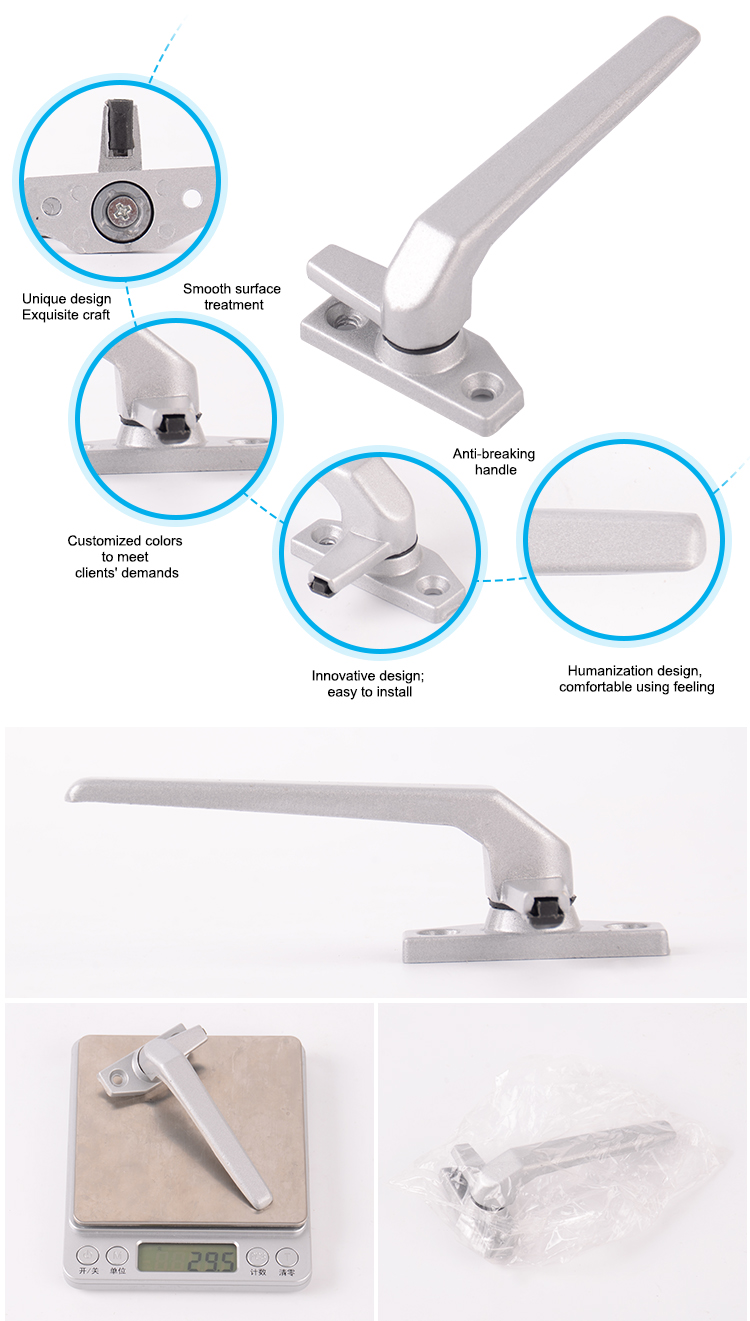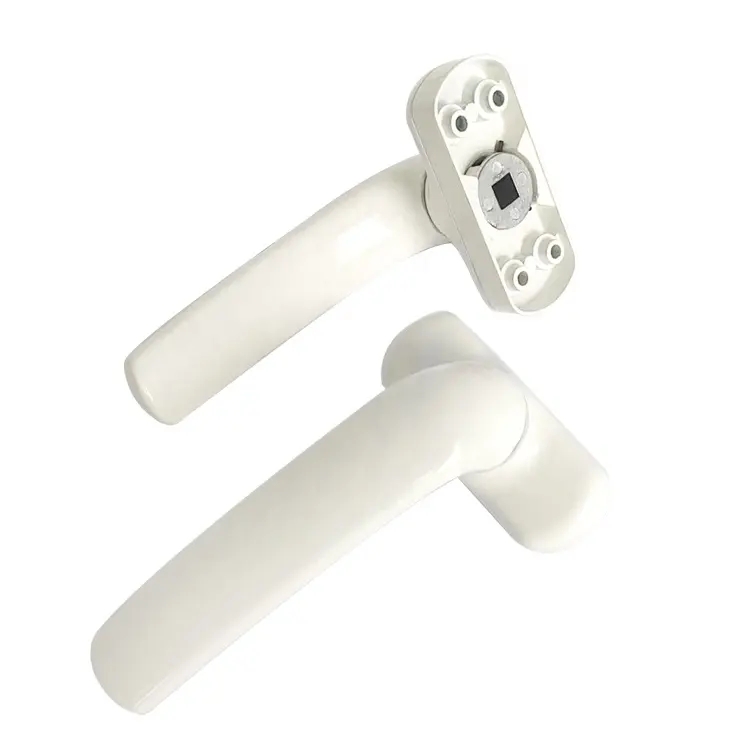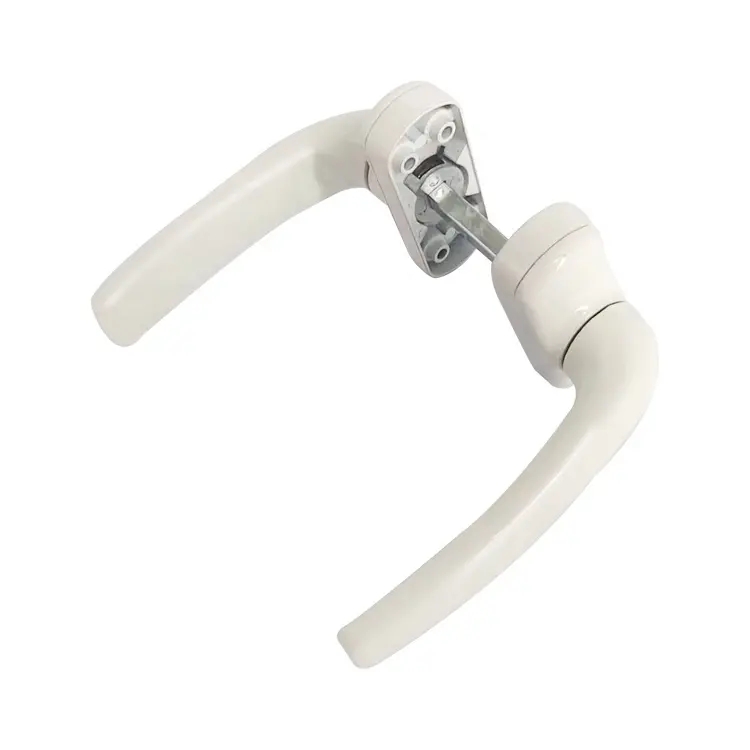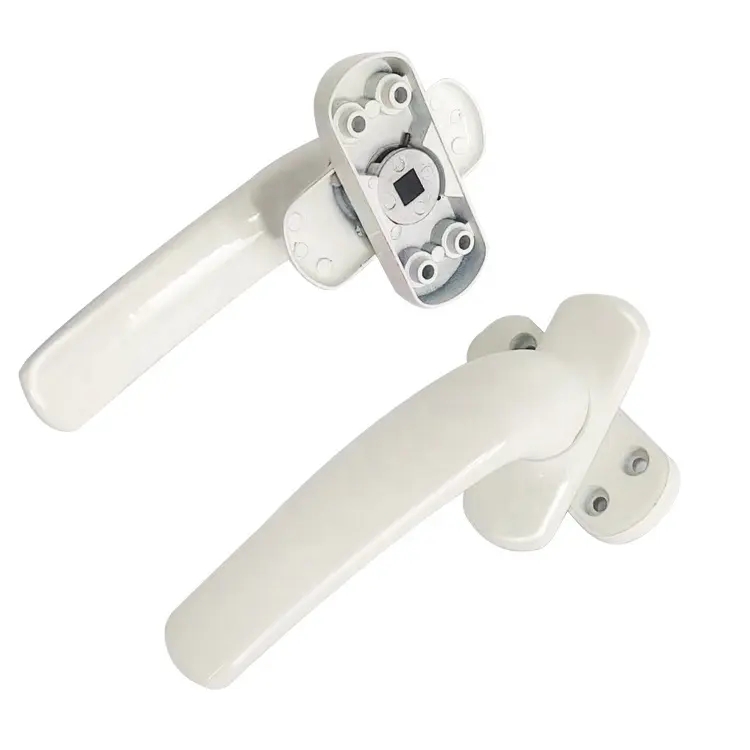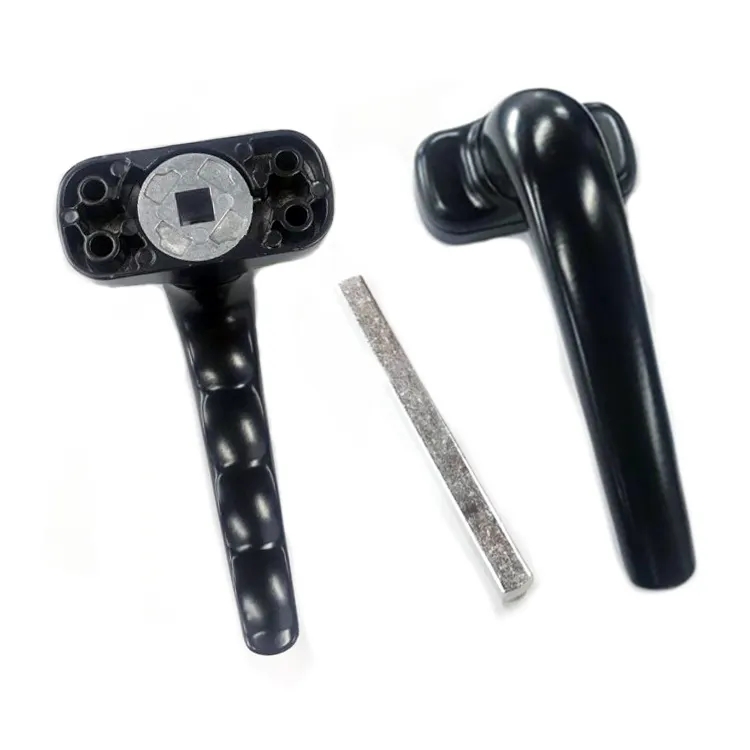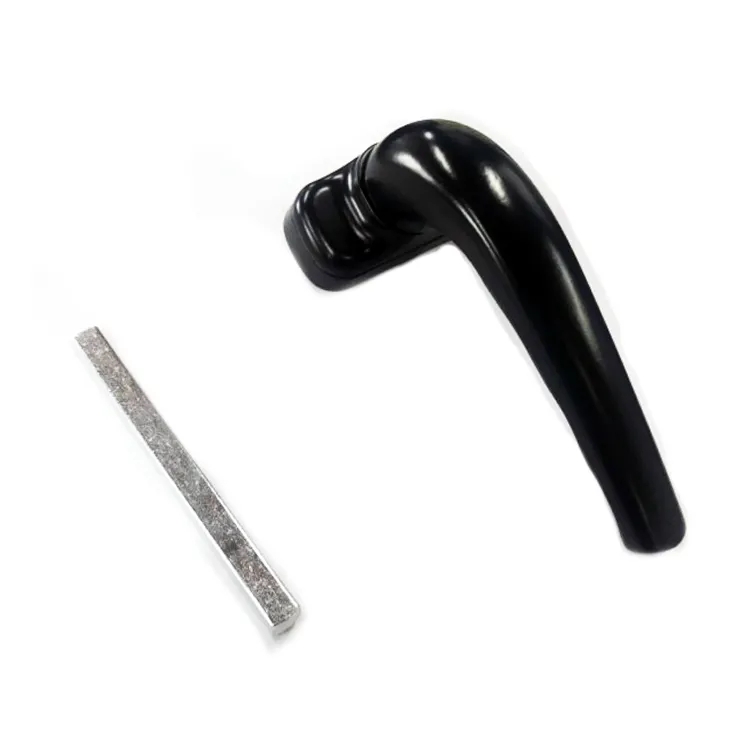Elevating Architecture and Comfort: The Art of Window Handles
Introduction
Window handles, also known as window knobs or window levers, are the unsung heroes of architectural design. These unassuming yet crucial components play a significant role in the functionality, aesthetics, and overall experience of a building’s occupants. In this article, we will delve deeper into the world of window handles, exploring their multifaceted role in architecture, their diverse designs, and the considerations that go into selecting the perfect handle for any space.
The Functional Beauty of Window Handles
Window handles are more than mere accessories; they are the bridge between indoor and outdoor environments. Here are some ways they blend functionality with elegance:
Seamless Operation: Smooth, effortless operation is a hallmark of well-designed window handles. Whether it’s a lever that offers intuitive push-and-pull action or a crank that provides precision control, the ease of use enhances occupants’ experience.
Ventilation Control: Modern window handles offer various opening options, enabling users to control the degree of ventilation. This functionality not only ensures comfort but also supports energy-efficient passive cooling strategies.
Security and Peace of Mind: Many window handles come equipped with locking mechanisms that bolster security. This feature becomes even more crucial in urban environments, giving occupants the assurance that their space is well-protected.
Aesthetic Elements that Inspire
Window handles are more than utilitarian; they’re design elements that contribute to the visual narrative of a space:
Material Craftsmanship: From the warm elegance of wooden handles to the sleek allure of stainless steel, the choice of materials greatly influences the handle’s aesthetic impact. Each material carries its unique charm and can be chosen to align with the surrounding design language.
Architectural Synergy: Window handles can either seamlessly blend into the architectural style or stand out as statement pieces. Harmonizing handles with the building’s design aesthetic creates a cohesive and appealing environment.
Finish Flourish: The finish of a window handle – be it brushed, polished, antiqued, or matte – adds the final touch of refinement. The right finish can tie together the design elements within a space.
Guidelines for Handle Selection
When selecting window handles, a thoughtful approach ensures a harmonious integration of function and design:
Functionality First: Prioritize handles that match the operational requirements of the window type. Casement, awning, sliding, or tilt-and-turn windows each demand handles that complement their unique mechanisms.
Design Deliberation: Consider the broader design theme of the space. Do you aim for a contemporary, industrial, or traditional look? The handle’s design should echo this intent.
Comfort Counts: Ergonomics matter. Choose handles that feel comfortable to grip and operate. This is especially important in spaces where frequent window use is expected.
Conclusion
Window handles are the junction where architectural functionality meets artistic expression. These unassuming components hold the power to transform a space, not only through their operational convenience but also by contributing to the aesthetic language of the environment. By selecting window handles with care – evaluating their material, design, and functionality – architects and interior designers can craft spaces that seamlessly marry comfort and beauty. Remember, in the grand tapestry of architectural design, even the smallest details like window handles can weave a narrative of elegance and sophistication.


